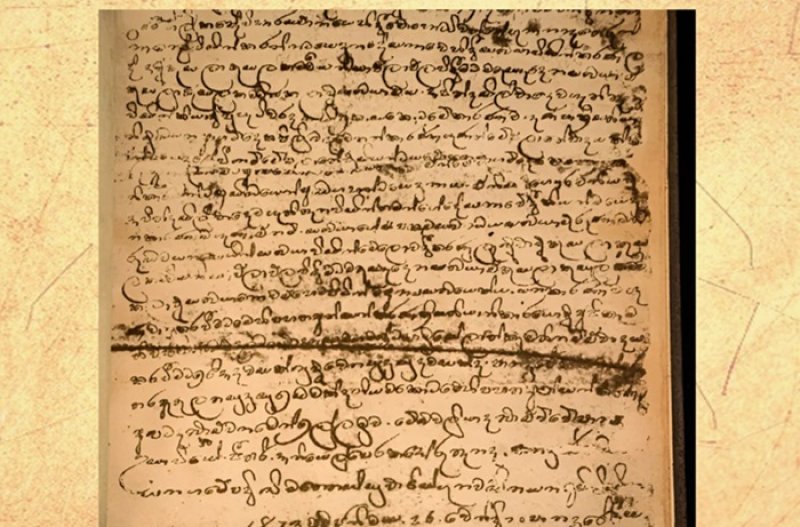
UNESCO inscribes Sri Lanka’s Tribhasha Sellipiya

The historic Trilingual Inscription (Tribhasha Sellipiya) and key documents related to the landmark Panadura Debate (Panadura Vadaya) of 1873 have been officially inscribed on UNESCO’s Memory of the World Register.
The Trilingual Inscription, carved in Sinhala, Tamil, and English, symbolizes Sri Lanka's multicultural heritage. Meanwhile, the Panadura Debate documents represent a pivotal moment in the country’s Buddhist revival movement, showcasing intellectual and religious discourse during colonial times.
This international recognition marks a proud moment for Sri Lanka, underlining the global significance of its cultural and historical legacy.
The register comprises documentary collections, including books, manuscripts, maps, photographs, sound or video recordings, that bear witness to the shared heritage of humanity. Collections are added to the register by the decision of UNESCO’s Executive Board, following the evaluation of nominations by an independent international advisory committee.
The Trilingual Inscription is a stone tablet featuring Chinese, Persian, and Tamil inscriptions, praising Buddha, God Vishnu, and Allah. Discovered in 1911 in Sri Lanka by a British engineer, it is now preserved in the Colombo National Museum, with a replica exhibited in the Galle National Museum. Dated 15 February 1409, the tablet was installed by the Chinese Admiral Zheng He. Originally inscribed in the Treasure Boat Shipyard Park in Nanjing, it was brought to Sri Lanka during his third voyage. The text mentions offerings made to a sacred mountain shrine. This is the only trilingual inscription with texts in Chinese, Tamil, and Persian, representing three different regions and cultures


